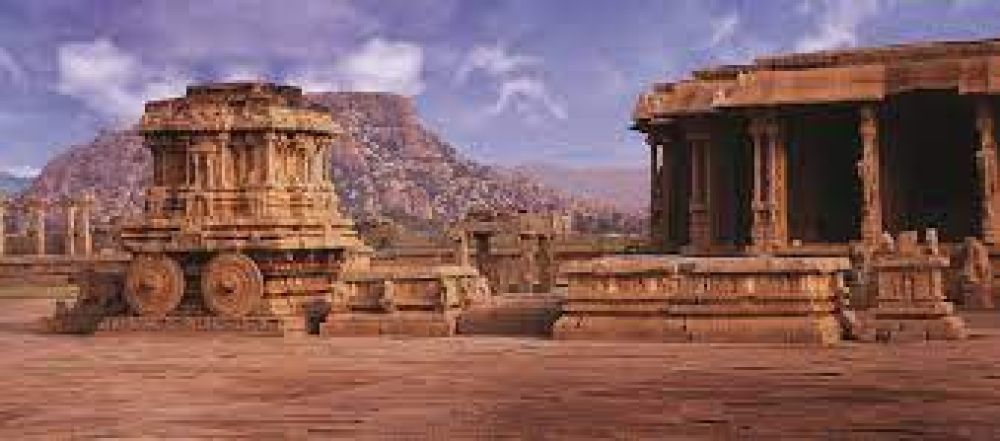

Karnataka, a state rich in history and natural beauty, has long been a destination that intrigued travelers from all around the globe. The state's tourism history is a mosaic of royal legacy, architectural marvels, natural wonders, and cultural vibrancy.
The roots of Karnataka’s tourism can be traced back to the times of ancient empires like the Hoysala, Vijayanagara, and Chalukya dynasties, which left an indelible mark on the region with their grandiose temples and monuments. Among these, the ruins of Hampi, the capital of the Vijayanagara Empire, stand out as a UNESCO World Heritage site attracting historians and tourists alike.
During the British colonial era, places like Coorg (Kodagu) and the hill stations of Karnataka became popular retreats for British officers, thus introducing them to tourists seeking solace from the harsh tropical climate. This period also saw the emergence of the state as a hub for coffee and spice plantations, which today double as popular eco-tourism destinations.
In the post-independence period, particularly from the 1970s onward, there was a concerted effort by the government to promote Karnataka's tourism potential. The establishment of the Karnataka State Tourism Development Corporation (KSTDC) in 1971 marked a significant step in organizing tourism initiatives and providing quality services to tourists.
With a wealth of UNESCO World Heritage Sites including Hampi, Pattadakal, and the Western Ghats, Karnataka has established itself as a prime destination for cultural and natural heritage tourism. The conservation efforts and regulated tourist activities around these sites have been paramount in offering sustainable tourism experiences.
In recent years, Karnataka has seen a surge in adventure and ecotourism. Destinations such as Coorg, Chikmagalur, and the beaches of Gokarna are popular for trekking, rock climbing, and water sports. The eco-friendly homestay culture in these regions provides an immersive experience for tourists.
Bengaluru, the capital city, known as the Silicon Valley of India, has also emerged as a tourism hotspot, offering a vibrant nightlife, international culinary scene, and a bustling art and culture landscape. The city stands as a contemporary juxtaposition to the ancient heritage sites found elsewhere in the state.
The latest trends in Karnataka's tourism include the promotion of wellness tourism, with a focus on yoga, meditation, and Ayurveda. Additionally, there is a growing focus on creating smart cities that integrate technology to enhance tourist experiences.
In conclusion, Karnataka's journey as a tourist destination is one of continuous evolution, adapting to the changing tastes of travelers while steadfastly preserving its historic sites, culture, and natural beauty.